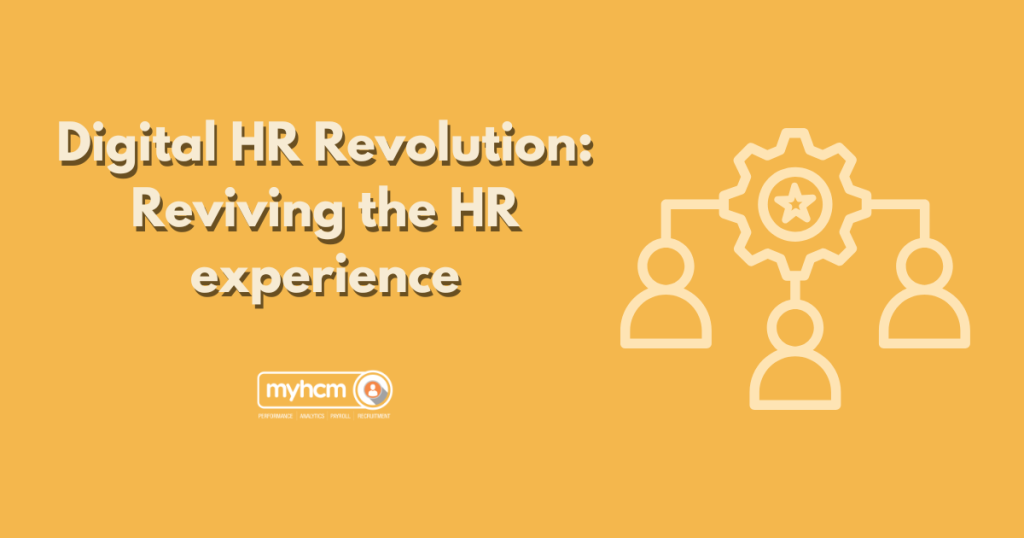Introduction to Digital HR Revolution
The world of Human Resources (HR) is undergoing a profound transformation, driven by the rapid advancements in technology. This digital revolution is redefining the way HR professionals work, interact with employees, and contribute to organizational success. By leveraging digital tools and strategies, HR departments can streamline processes, improve efficiency, and foster a more engaged and productive workforce.
The Rise of Digital HR Revolution
The emergence of digital HR has been fueled by several key factors. Firstly, the increasing adoption of cloud-based technologies has made it easier for organizations to access and utilize HR applications. Secondly, the growing importance of data analytics has enabled HR professionals to gain valuable insights into employee behavior, performance, and satisfaction. Finally, the changing expectations of employees, who increasingly demand personalized experiences and flexible work arrangements, have necessitated the adoption of digital HR solutions.
Key Trends in Digital HR Revolution
Several key trends are shaping the future of digital HR. One such trend is the increasing use of artificial intelligence (AI) and machine learning (ML) to automate routine HR tasks, such as recruiting, onboarding, and performance management. Another trend is the growing popularity of employee self-service portals, which empower employees to manage their own HR information and access benefits. Additionally, the rise of social media and collaboration tools is facilitating more effective communication and collaboration among HR professionals and employees.
Benefits of Digital HR Revolution
The adoption of digital HR offers numerous benefits to organizations. Firstly, it can help to improve efficiency and productivity by streamlining HR processes and reducing administrative burdens. Secondly, digital HR can enhance employee engagement by providing personalized experiences and fostering a sense of community. Thirdly, it can drive business success by enabling organizations to make data-driven decisions and attract and retain top talent.
Challenges and Considerations
While the benefits of digital HR are significant, there are also challenges and considerations to be addressed. One such challenge is the need to ensure data security and privacy. Another consideration is the potential for job displacement as automation becomes more prevalent. To overcome these challenges and maximize the benefits of digital HR, organizations must invest in employee training and development, establish robust data governance policies, and adopt a human-centric approach to technology.
Best Practices for Implementing Digital HR
To successfully implement a digital HR strategy, organizations should consider the following best practices:
- Assess your needs: Identify your organization’s specific HR challenges and goals to determine the most appropriate digital tools and solutions.
- Involve stakeholders: Engage HR professionals, employees, and other key stakeholders in the planning and implementation process.
- Choose the right technology: Select digital HR tools that are user-friendly, scalable, and aligned with your organization’s goals.
- Prioritize data security: Implement robust measures to protect employee data and ensure compliance with privacy regulations.
- Provide training and support: Offer employees training on how to use digital HR tools and provide ongoing support.
Conclusion
The digital HR revolution is transforming the way organizations manage their human capital. By embracing technology and adopting a data-driven approach, HR departments can improve efficiency, enhance employee engagement, and drive business success. As the digital landscape continues to evolve, it is essential for organizations to stay informed about emerging trends and best practices to ensure they remain competitive.
